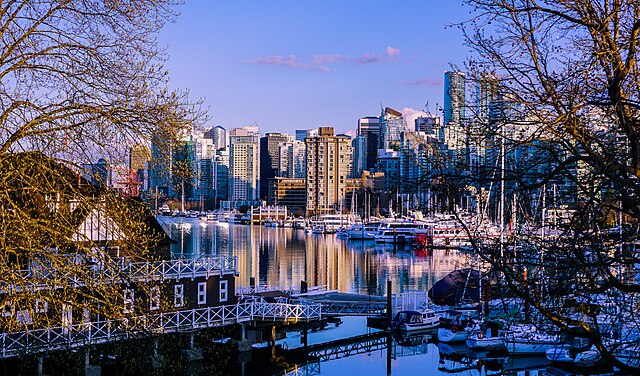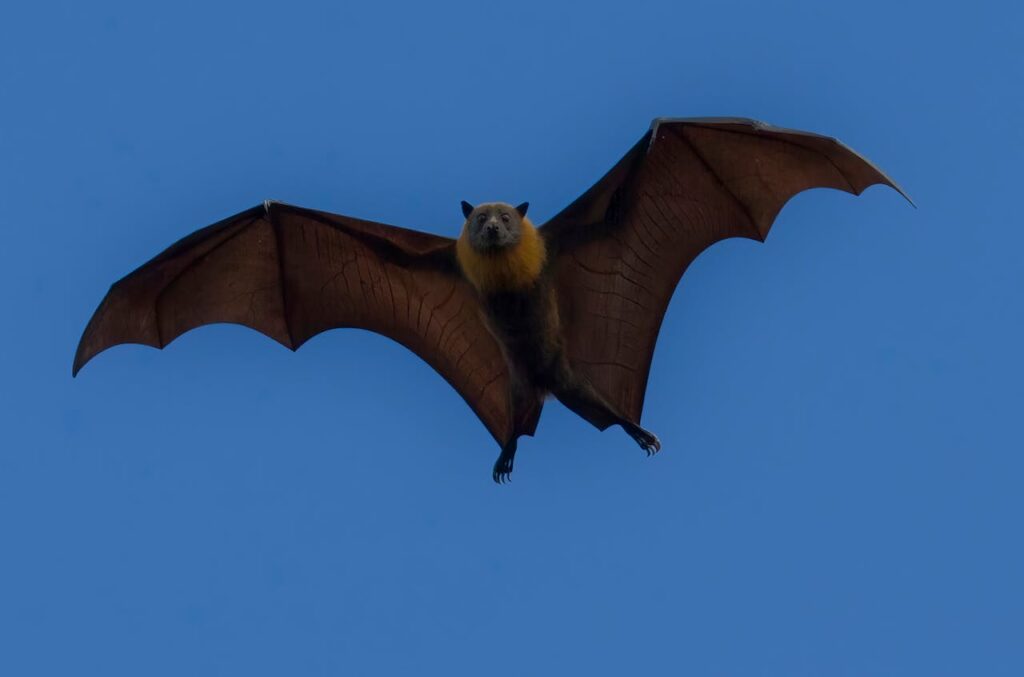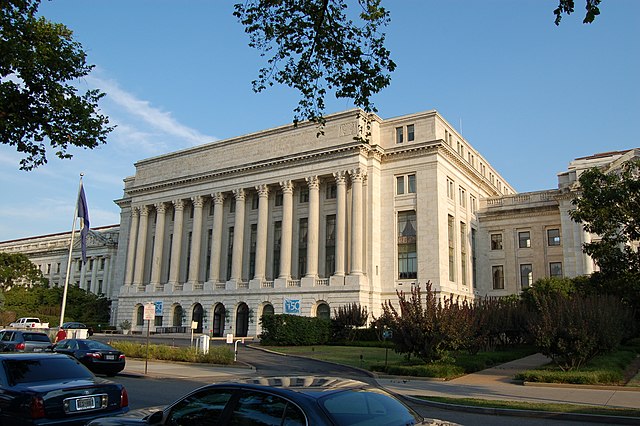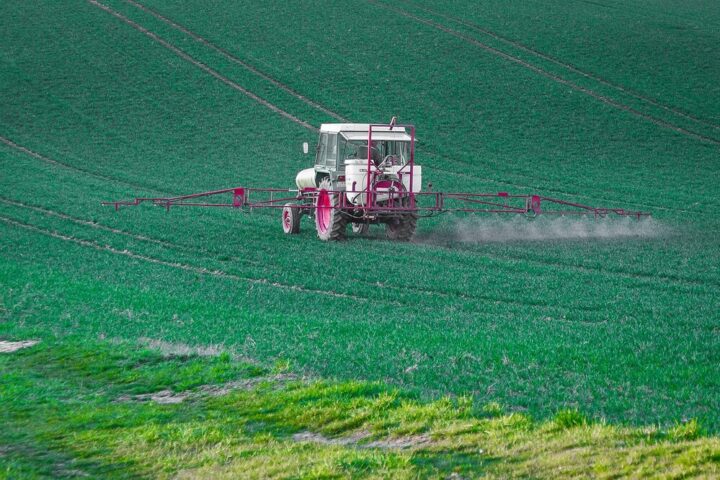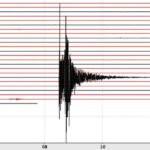The ground shook near Vancouver on Friday afternoon. At 1:26 PM, an earthquake struck near Sechelt, approximately 60 kilometers northwest of Vancouver. First thought to be 5.1 in strength, experts later measured it at 4.8.
People felt the earth move for about 10 seconds. Residents described the shaking as intense, comparing it to an explosion or a large truck driving by. The shaking reached Metro Vancouver, Victoria, and Whistler.
Many people’s phones received an emergency alert at 1:27 PM. The message told them to “drop, cover and hold on.” But not everyone got this warning. “It does seem to be the case that some people did not receive alerts while people they were with did,” Natural Resources Canada confirmed. They’re now looking into why this happened.
Tony Yang, who studies earthquakes at the University of British Columbia, explains why quick warnings matter: “The system can allow critical infrastructure to take immediate action, such as halting traffic from driving onto bridges or into tunnels.” This extra time, even just seconds, helps keep people safe.
Similar Posts:
The quake struck close to the surface – just 6 miles down. When earthquakes are this shallow, people feel the shaking more strongly. Think of the difference between a rock hitting the top of a pond versus deep underwater – the splash is bigger when it’s near the surface.
Despite the strong shaking, no one reported any damage or injuries. Emergency Info B.C. confirmed there was no tsunami threat. Over 6,000 people told the U.S. Geological Survey they felt the ground move.
Last August, British Columbia turned on a new earthquake warning system. “We cannot stress this enough, during an earthquake, every second counts,” said Federal Energy and Natural Resources Minister Jonathan Wilkinson. Friday’s quake tested this system in real conditions.
For people living in earthquake zones, officials stress three key actions: drop to the ground when shaking starts, take cover under something sturdy like a table, and hold on until the movement stops.
